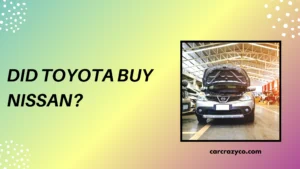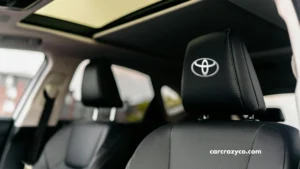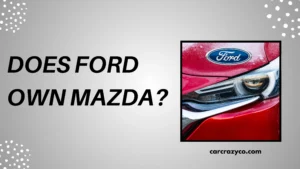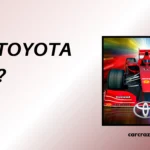The automotive industry thrives on partnerships, alliances, and occasional surprises. One question that sparks curiosity is: Did Toyota buy Subaru? This topic is more than just industry gossip—it reflects the shifting dynamics of car manufacturing and how brands collaborate or compete in today’s fast-evolving market.
Understanding the relationship between Toyota and Subaru is important for anyone interested in car technology, market trends, or brand loyalty. It can influence what vehicles you might see on the road tomorrow, from sporty compacts to rugged SUVs.
This blog will unravel the truth behind the rumors, explore how these two companies work together, and explain why their connection matters to drivers, investors, and industry watchers alike. If you’ve wondered about the nature of Toyota and Subaru’s relationship, keep reading for clear insights.
1. The Historical Relationship Between Toyota and Subaru
Toyota and Subaru have a long-standing partnership that dates back decades, but this collaboration has evolved over time. Toyota owns a minority stake in Subaru Corporation, making it a significant but not majority shareholder. This investment fosters cooperation rather than outright control.
Their partnership includes sharing technology, joint vehicle development, and manufacturing agreements. For example, Toyota helped bring Subaru’s expertise in all-wheel-drive technology to a broader audience, benefiting both brands.
Unlike a complete acquisition, this relationship allows Subaru to maintain its independence while gaining from Toyota’s resources and global reach.
2. Collaborative Projects and Joint Ventures
Toyota and Subaru have collaborated on several key projects, including co-developing models like the Toyota 86 and Subaru BRZ sports cars. These vehicles showcase their combined strengths—Toyota’s efficient engineering and Subaru’s performance expertise.
They also share hybrid and electric vehicle technologies as the industry shifts toward sustainability. Toyota’s hybrid systems have been integrated into Subaru models, enhancing fuel efficiency and reducing emissions.
Such projects demonstrate a cooperative partnership focused on mutual benefits rather than ownership or control.
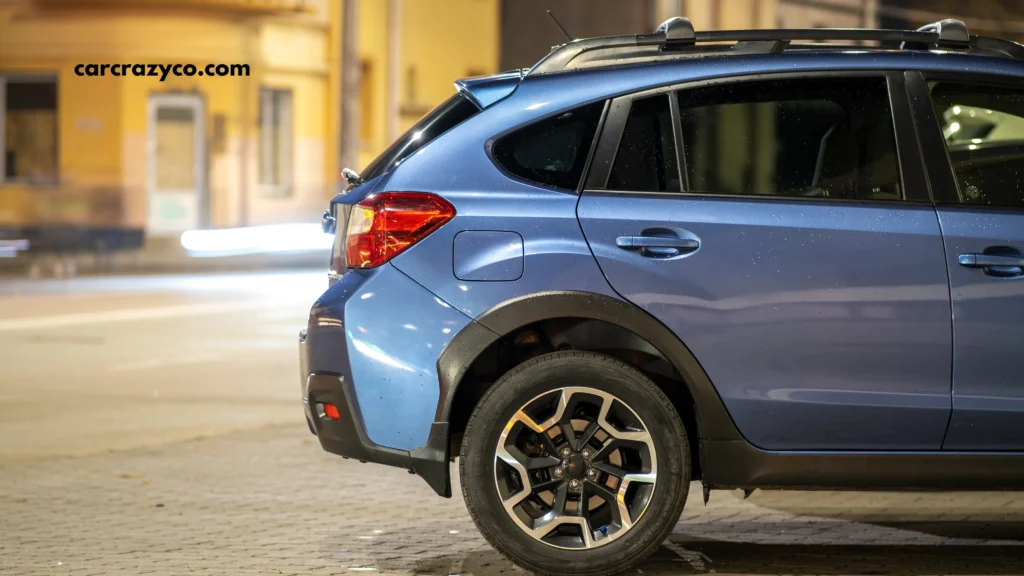
3. Toyota’s Stake in Subaru: What It Means
Toyota’s minority stake, roughly 20% ownership, means it has significant influence but not full control over Subaru. This ownership stake enables Toyota to have a say in strategic decisions without completely taking over Subaru’s operations or brand identity.
Subaru continues to operate with its own management, values, and design philosophy. This structure benefits both companies, allowing Subaru to innovate independently while leveraging Toyota’s scale.
Toyota’s stake is a strategic investment rather than a move to buy or absorb Subaru entirely.
4. Differences Between Buying and Partnership
It’s important to distinguish between Toyota buying Subaru outright and owning a minority share. A full acquisition would mean Toyota controls Subaru’s decisions, finances, and product direction.
Instead, their relationship is a partnership and investment that fosters cooperation but respects Subaru’s independence. This model is common in the automotive industry to share risks and rewards without the complications of mergers.
Rumors about Toyota buying Subaru often misunderstand this subtle but important distinction.
5. Impact on Consumers and the Market
For consumers, Toyota’s involvement with Subaru means access to improved technology and more innovative vehicles. Both brands benefit from shared research, better safety features, and enhanced performance.
However, Subaru’s unique identity, especially its focus on all-wheel-drive and boxer engines, remains intact. This allows fans of Subaru to continue enjoying distinct models without fearing loss of brand personality.
The partnership strengthens both companies’ market positions while keeping competition healthy and diverse.
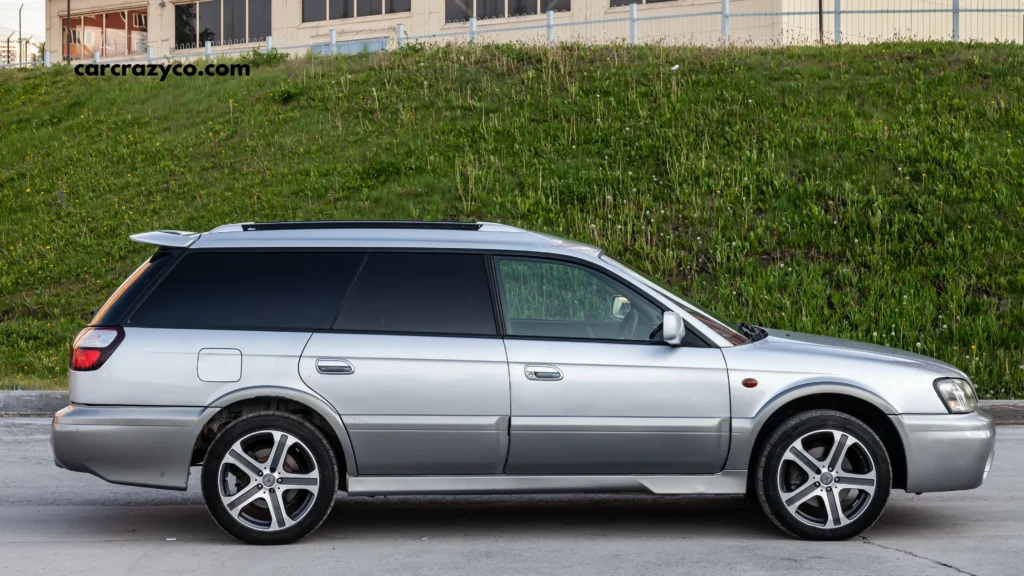
Contents
- 1 Conclusion
- 2 FAQs
- 3 1. Has Toyota bought Subaru outright?
- 4 2. What percentage of Subaru does Toyota own?
- 5 3. Do Toyota and Subaru make cars together?
- 6 4. Does Toyota control Subaru’s decisions?
- 7 5. How does the partnership benefit consumers?
- 8 6. Will Subaru lose its unique identity due to Toyota’s stake?
Conclusion
The question “Did Toyota buy Subaru?” is an intriguing one that highlights how modern automakers collaborate. In reality, Toyota has not bought Subaru but holds a significant minority stake that fuels cooperation rather than control.
This strategic partnership benefits both companies, blending Toyota’s global influence with Subaru’s engineering strengths. It enables innovation, shared technology, and competitive advantages without compromising Subaru’s independence.
For consumers and industry watchers, this relationship illustrates how collaboration shapes the future of driving—through shared knowledge and respect for unique brand identities. Toyota and Subaru continue to grow together while standing strong as separate players in a competitive market.
FAQs
1. Has Toyota bought Subaru outright?
No, Toyota owns a minority stake in Subaru but has not bought the company.
2. What percentage of Subaru does Toyota own?
Toyota owns about 20% of Subaru, making it a significant but minority shareholder.
3. Do Toyota and Subaru make cars together?
Yes, they co-develop models like the Toyota 86 and Subaru BRZ sports cars.
4. Does Toyota control Subaru’s decisions?
No, Subaru maintains independence despite Toyota’s investment.
5. How does the partnership benefit consumers?
Consumers get improved technology, safety, and performance through shared innovations.
6. Will Subaru lose its unique identity due to Toyota’s stake?
No, Subaru retains its unique engineering and brand identity despite the partnership.


